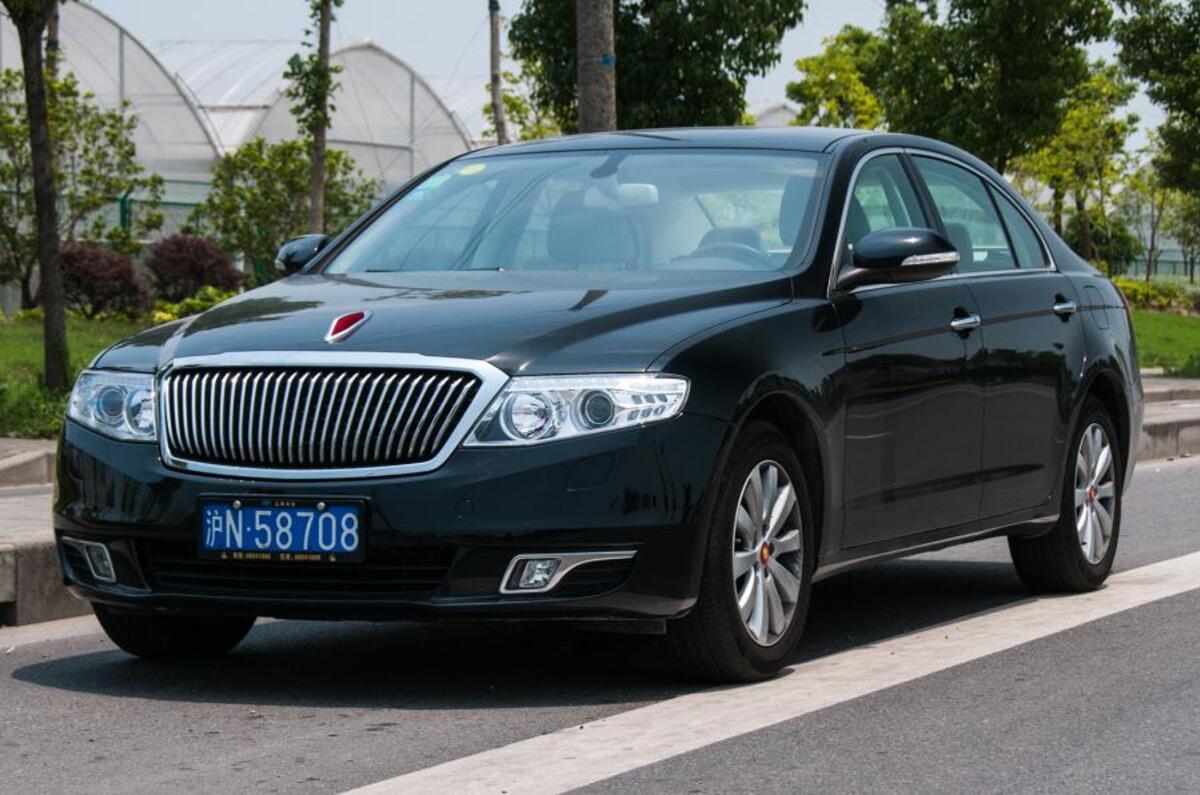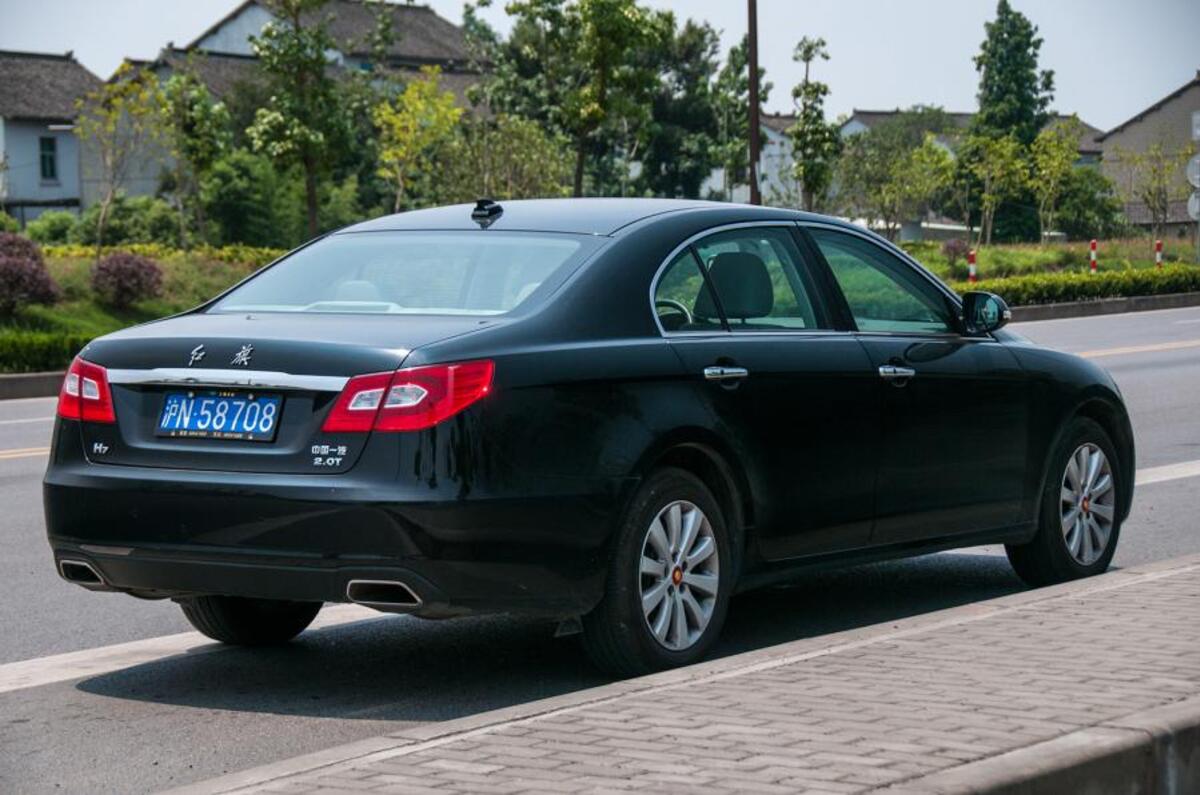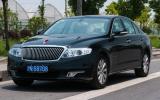Hongqi (Red Flag) made its debut in 1958, making it China's oldest manufacturer. Originally intended to provide transport for the top echelons of government, its cars were based on an old Chrysler design and produced in limited numbers.
After years of confused direction, Hongqi is now being refocused both on its roots as a government car supplier and on the private luxury sector. The H7 is the first of the range to make it to market and aims to win sales from the Audi A6L.
Based on the Toyota Crown platform, the H7 comes with a choice of three engines. The 2.5-litre and 3.0-litre V6s are Toyota units, the former only available for government purchasers, and there is also a 2.0-litre turbo engine from Hongqi's parent company, FAW.
After two months of exclusively government-based sales, the H7 was launched to private buyers in May this year. On offer is luxury egalitarianism – the car is only available in black, while both the dashboard and leather upholstery are light grey.
Externally, the front works better than the rear. Echoing the first Hongqi, the grille resembles a Chinese fan. There is also the distinctive raised red fin, symbolising the flag, on the bonnet – as has always been carried by Hongqi models. Despite these unique design cues there is a hint of Audi A6 about the look, possibly due to FAW's experience as Audi's joint venture partner in China. The rear end is boxy and lacks visual interest.
Cabin materials are not up to scratch – for example, the top of the dashboard is easily scuffed. Equipment levels in the front are reasonable and the touchscreen infotainment system is mounted high for easy use.


















